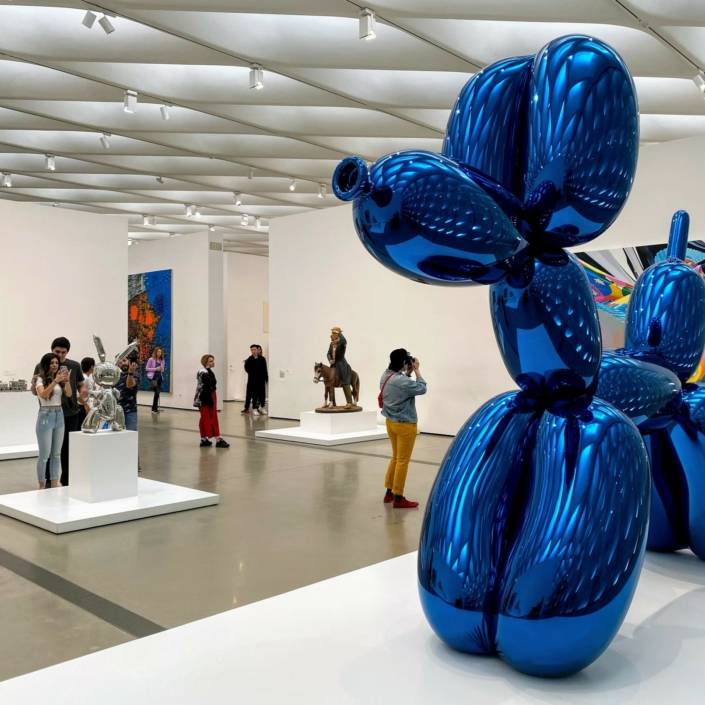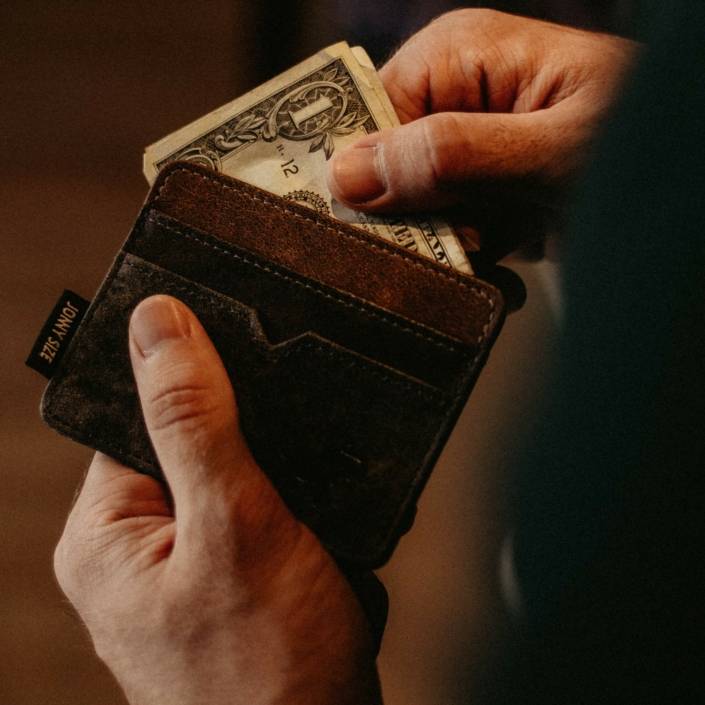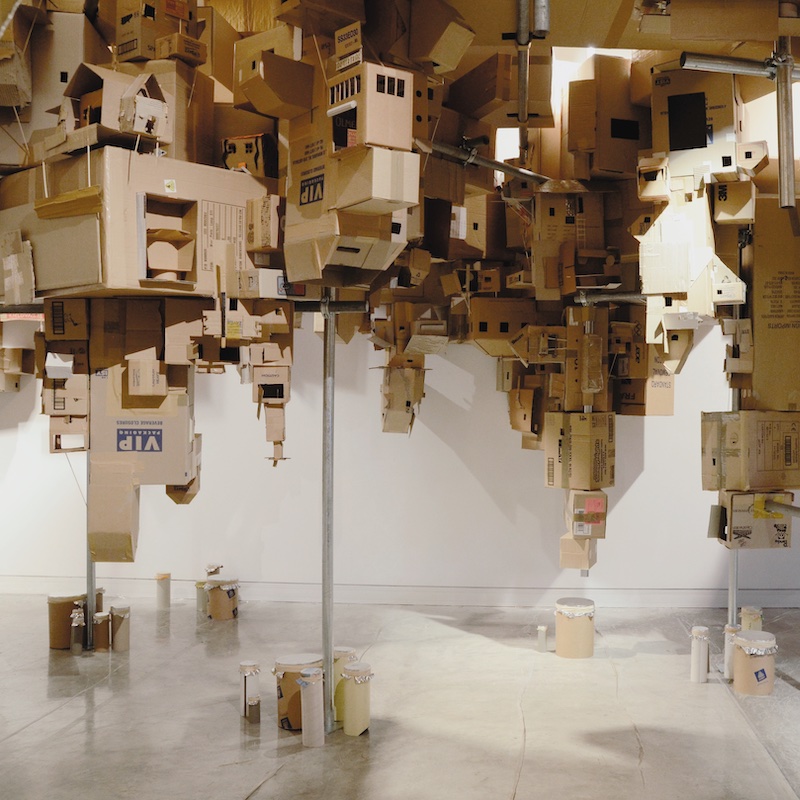Cultural Capital: You Know Who You Are
The art world snobs we know and love(?)…
Words: Andrew Frost, Carrie Miller, Tai Mitsuji
Illustrations: Coen Young
The Luddite – people with disdain for collectors who buy work off the internet.
Until recently, we were all snobs when it came to the idea that art must be experienced IRL, as young people say, if the experience was to be meaningful. But, over the past decade, there has been a growing percentage of collectors whose approach to acquiring art has more in common with the online consumption practices of a bored office worker casually browsing Amazon, than someone standing in quiet contemplation in an expensive white cube.
The luddite doesn’t try to hide their disdain for collectors who buy work off the internet. They will loudly, often inaccurately, cite Walter Benjamin’s seminal 1936 essay, The Work of Art in the Age of Mechanical Reproduction, and romantically pronounce technology to be the death of authentic experience. It’s never a good time to point out to the luddite that their banal insights into technology make them as dated as the Gutenberg printing press and the fears of monks becoming lazy and no longer be devoted to the scriptures it inspired.
Carrie Miller
The Ethical Purist – people who won’t attend museum shows or events that are sponsored by evil, multinational mining corporations
Not all forms of protest require you to hit the streets in solidarity with thousands of other sweaty people with backpacks who’ve gone to the effort of painting a slogan on some cardboard. There is a less active movement gaining momentum from within polite society: those who protest the sponsorship of museum shows or art events by multinational corporations that make their profits from unethical sources. The softest target is, of course, mining companies.
It’s easy to criticise them for investing more in good public relations than environmentally friendly practices. It is also easy when someone sets themselves up to be the moral arbiter of an industry built on systemic wealth inequality to point out a range of their own moral flaws. Of course, you won’t want to be the person who does that. You don’t want the art world that has been so good to you to simply collapse like a house of cards.
Carrie Miller
The Internationalist
Sometimes it can feel like people aren’t even speaking English when discuss- ing art. And sometimes they aren’t. Straying beyond the confines of our shared language, this particular snob waxes lyrical about the Kunstwollen, laughs about the trickery of the Trompel’œil, and won’t stop talking about how a sculpture’s attitude is both one of contrapposto and sprezzatura. What is happening???
Well, you’ve stumbled across the internationalist: a rare breed of snob, whose only points of cultural reference come from overseas. Born in Sydney, they refuse to discuss Australian art. Instead, they casually scatter foreign turns of phrase throughout any conversation, linguistically marking out their urbane internationalism. Everyone must know. Et pourquoi pas?
The internationalist knows about the latest scandals at MoMA, yet still hasn’t taken a trip to MONA. Their precious holidays are reserved for fact finding missions in Europe; an intensive two weeks of gallery hopping that will be proceeded by two months of repeating the phrase, “the other day in Venezia…”.
Tai Mitsuji
Slavoj Who?
Many people who did an arts degree at university can become a special kind of art snob: the person who says they know everything they’ll ever need to know about art and/or theory. They went to lectures, they looked at slides, maybe read a chapter of a book or two, and that armed them with a world view they can take to the grave. Never mind that thinking about art has advanced since the mid-90s – or worse, the 1980s – knowing something about post modernism or altermodernism, accelerationism or intersectionality is just enough to give you a discerning edge when opining on this year’s hot young thing artists, Archibald winner, or feted curator.
Ironically, this kind of snob is well aware that things have moved on since their day in the Fine Arts Department, and that there’s a lot of unfamiliar and scary buzzwords flitting about, but none of this is particularly relevant because of the bubble-like structure of the art world: like-minded snobs gather together to nostalgically remember their uni days, and cast wild aspersions on the talents of up-and-comers, while using their spare cash to support the careers of mid-career artists they first knew of when they were 22.
Andrew Frost
The ARI Snob – people who, on principle, refuse to set foot in a commercial gallery
At first blush, the ARI snob would seem a reference to those bright, young things who occupy the rough and ready end of the contemporary art world: the artist-run-space. These are the twenty-some- thing rising art stars who can afford to stand on principle because they furnish their share houses with stuff off the side of the road and don’t have chronic back issues from sleeping on a futon yet.
But the real ARI snobs are the middle-aged ones with a bloody minded commitment to staying grassroots, even though they made partner at the law firm several years ago. Of course, from the perspective of the cool kids who run ARIs and attend their openings, the ARI snob isn’t to be respected for such commitment; they look like a bit of a loser who can’t cut it in the real world. By the time they are in their early thirties, those cool kids won’t be setting foot in an ARI – they will be too busy preparing for their next big commercial show.
Carrie Miller
The Genre Snob – Collectors who would, prime face, never buy representational painting, for example, and like to highlight the fact that they hold a lot of “experimental” work
The genre snob isn’t so much concerned with defending what is worthy than looking down on the types of people who respond to a pile of nanna’s old stockings bunched up in a pile in the corner of an art gallery by saying: “that’s not art, my kid could do that”. It was easy to be a genre snob once.
Until the 1980s, it was a pretty safe bet that if you saw a representational landscape you could dismiss it as pedestrian, hopefully even derivative if it looked a bit like a John Constable. Now the genre snob has to quietly check with their artist friends before mocking a painting of dogs playing pool – it may be a groundbreaking commentary on the unethical treatment of animals by an outsider artist who only shows work in three-star motels.
Carrie Miller
No Children, No Pets
The anti-children and dogs snob is the person you meet who’s outraged, disgusted or affronted by the presence of unruly offspring or worse, someone else’s pets, at a gallery opening. There is a time and place for everything, they think, but not at the prestigious launch of so-and- so’s new suite of pictures.
This kind of snob is someone who has either never spent time at artist run initiatives, or can’t remember when openings where beer is served au naturel in cans (and wine comes in casks) and kids and dogs scamper about between legs, laughing, and having a good time.
Andrew Frost
The Undiscovered Snob – collectors of outsider
art, or the work of artists before they get commercial representation
To the untrained eye, the undiscovered snob might seem interchange- able with the ARI snob. There are lots of similarities. Both the ARI and the undiscovered snob can be seen hanging around the studios of art students, politely waving cigarette smoke out of their faces. But the ARI snob never manages to put their money where their mouth is. The ARI snob’s art collection is still concentrated with blue-chip pieces that photograph well for architecture magazines. The undiscovered snob boldly buys work straight out of those student’s studios. Their whole identity is bound up with the ability to spot an artist before they get on the radar of the mainstream art world.
You will admire the undiscovered snob’s acute eye and avant-garde taste; they will be celebrated when one of the artists they “discovered” wins a major prize and represents your country in an inter- national biennale. If you ever snag an invitation to one of the undiscovered snob’s much feted dinner parties, just don’t look in their study on the way to the toilet. You may see a shrine to all the undiscovered artists whose work they collected who have remained very much undiscovered.
Carrie Miller
The Artworld Meme
There is a particular snobbery that hides in plain sight, garbing itself in the most prosaic and commonplace of disguises: the artworld meme. After all, what could be less pretentious, or more accessible? The classic meme turns on a simple act; it splices together disjunct images and text in order to elicit a passing smirk or flicker of the eye (just like my writing, laughter remains a distant aspiration rather than an achievable reality for the meme).
Think, cats inserted in 16th century frescoes, and ugly Renaissance babies. It is, in short, a site of anti-snobbery. Yet there is a new breed of artworld meme which has been populating the internet in recent years. It reverses the historic dynamic, corrupting popular culture with insider commentary. The Kardashians on a group call, Richard Gere in a spa, Mark Zuckerberg on a surfboard, Martha Stewart on a horse. All these fantastically absurd images are being conscripted into the service of institutional critique and cultural commentary. Here, the Kardashians stand in for superficial collectors, Gere becomes a literal expression of art washing, Zuckerberg symbolises the precarity of the pandemic art fair, and Stewart represents the gallery who insists on shepherding collectors. This is why we can’t have nice things. The art snobs are striking back. They are coming for popular culture and nothing is sacred.
Tai Mitsuji
This article was originally published in Art Collector issue 96, April to June 2021.











